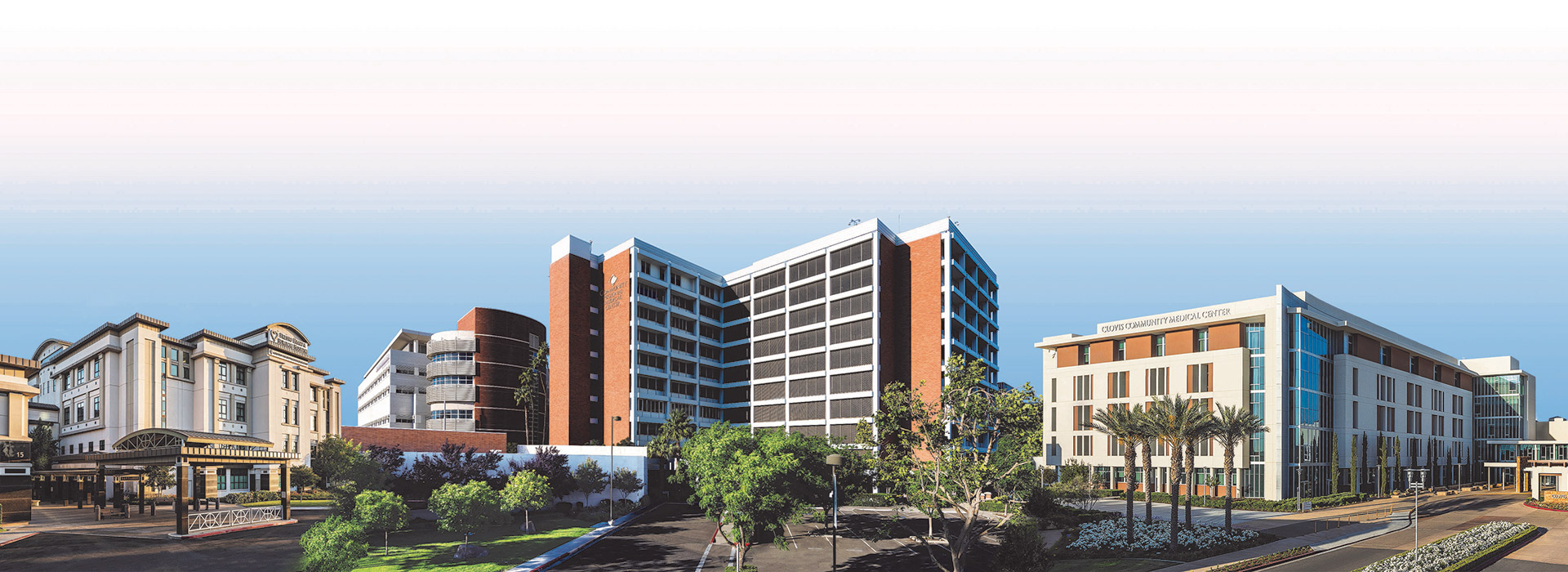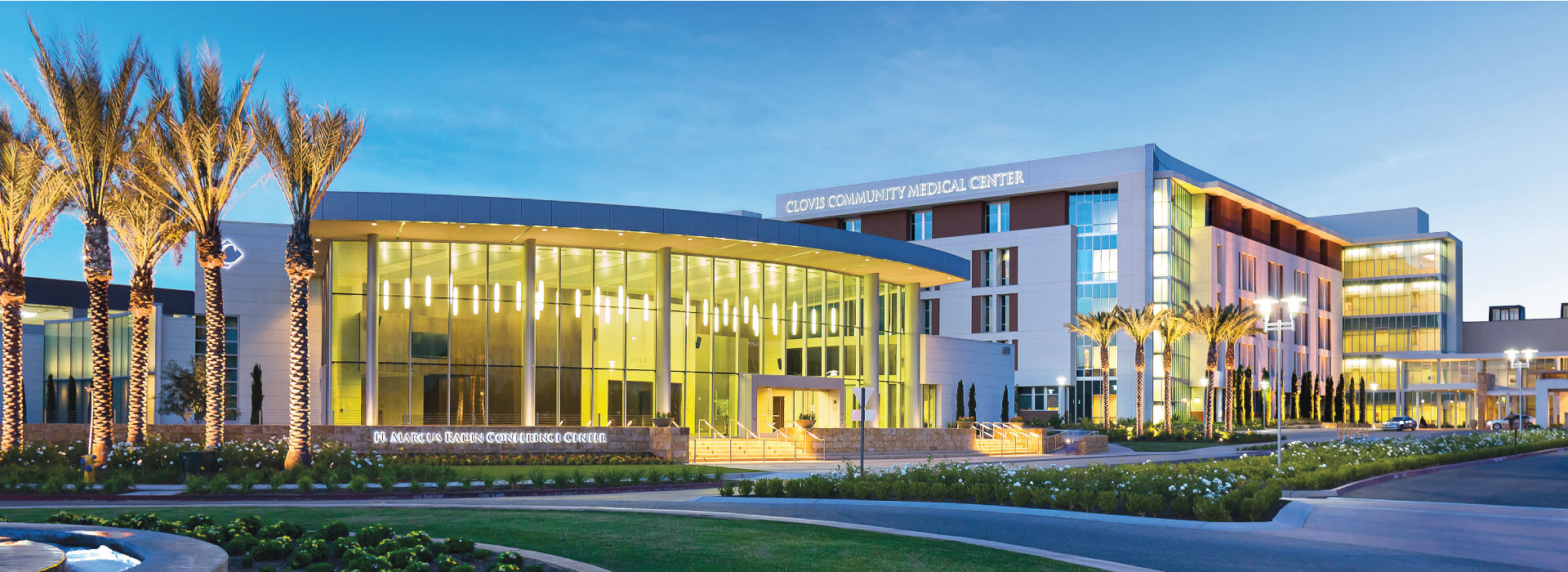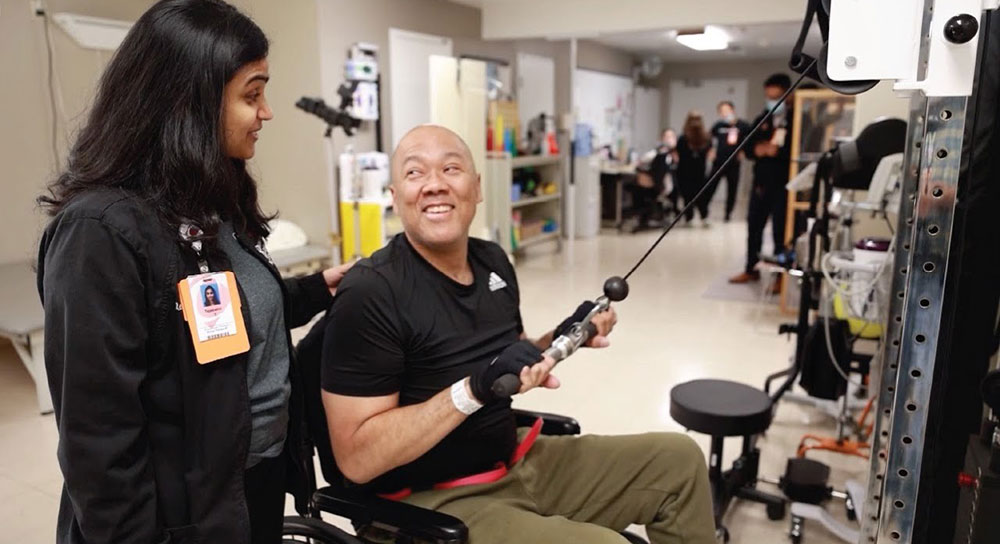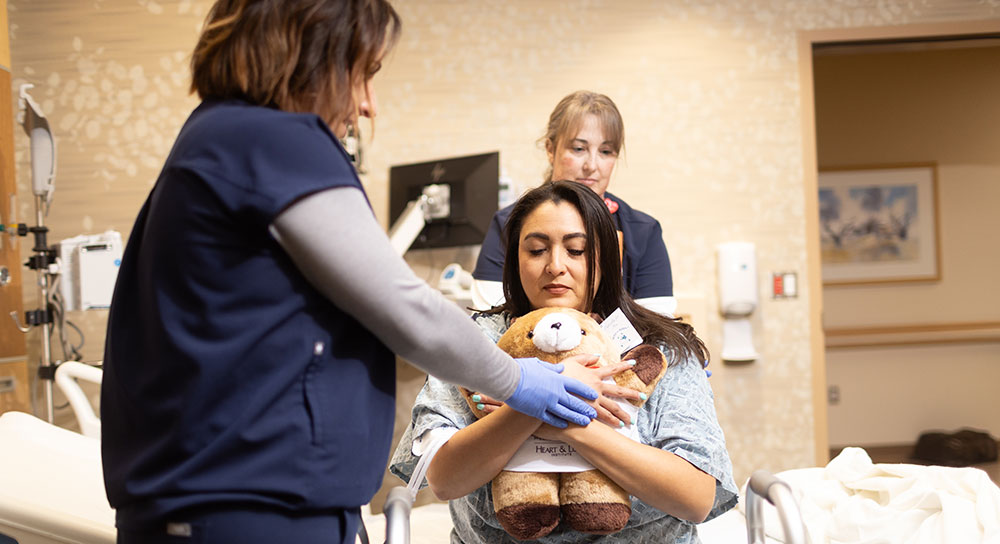Time lost is brain lost – that’s what the specialists at Community Regional Medical Center’s stroke unit say. But for patient Kevin Tredway, time saved was brain saved, and he let Healthcare Heroes viewers get a glimpse of his recovery process.
Tredway’s stroke symptoms were caught early when his wife Pam Tredway noticed something was wrong with the former Selma High assistant football coach as soon as he woke up about 6 a.m. that January day.
“We knew right away what was happening,” Pam said.
Many people don’t recognize stroke as quickly, said Dr. Tanya Warwick, medical director of Community Regional’s stroke program and assistant clinical professor of neurology for UCSF Fresno. Dr. Warwick is using May, Stroke Awareness Month, to publicize the acronym “FAST.”
Face: Look in the mirror to see if your smile is uneven.
Arms: Try to raise your arms.
Speech: Are your words slurred or are you unable to repeat a phrase?
Time: Time is critical. Get to the hospital immediately.
Even with quick recognition of symptoms, it takes a team of specialists to help patients regain routine functioning.
“I am grateful to everybody from the emergency room to rehab for everything they did and accomplished with him because the first week he wasn’t even expected to make it,” Pam said. “Where he is today, that’s their doing.”
Community Regional Medical Center recently earned the Gold Seal of Approval™ from The Joint Commission for Primary Stroke Centers. It’s the only program certified at that level between San Francisco and Bakersfield.
When Tredway was filmed for Healthcare Heroes, he was on Community Regional’s new 52-bed neuroscience unit dedicated to brain and spine patients. The unit houses a team of specialists that collaborate to work toward each patient’s full recovery, including speech language pathologist Brenna Hughes.
With Tredway on a short-term feeding tube and having trouble swallowing (dysphagia), Hughes performed a video-fluoroscopic swallow study. For this study, the speech pathologist mixes various food and drink with a barium powder that allows X-ray technology to show pictures of where the food and drink goes once the patient swallows, and determine whether the patient is aspirating.
This was just part of Tredway’s recovery process. He later was transferred to Community Regional’s Leon S. Peters Rehabilitation Center for more speech, physical and occupational therapy. And now that he’s back home, wife Pam said he can’t wait to return for a visit.
“His No. 1 goal actually is to walk into the rehab department and show everyone he can walk without the walker,” Pam said.
Tredway’s not there yet, but with outpatient physical therapy, she expects him to get there. He’s already accomplished quite a bit.
“He’s eating everything,” she said. “He can eat solids, liquids, everything. Physically, he’s a lot better. He can walk with the help of a hemi-walker, he doesn’t have use of his left hand still.”
But for a family like the Tredways – one that’s shown it doesn’t waste time – that goal might not be too far off.
This story was reported by MedWatchToday.com staff. The staff can be reached at MedWatchToday@communitymedical.org.



_4.jpg)


